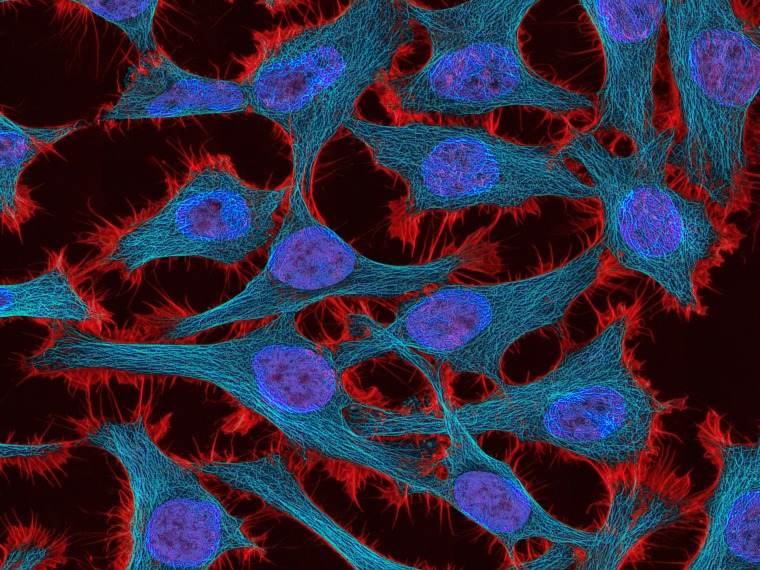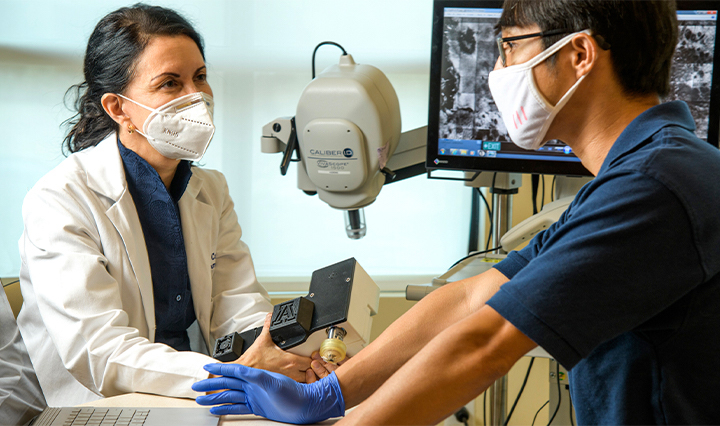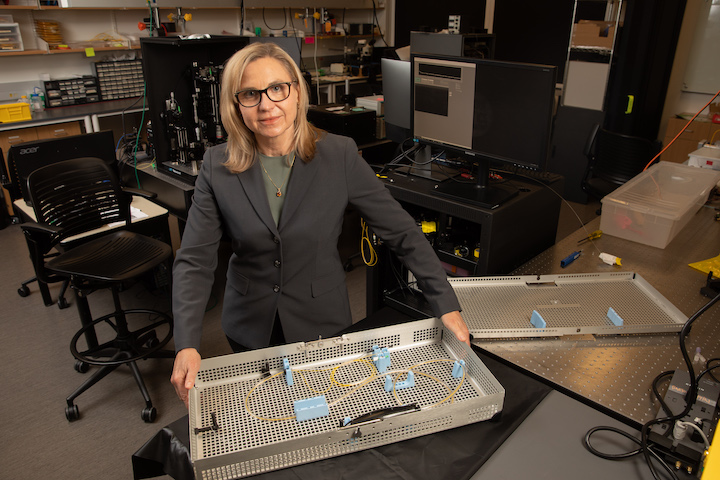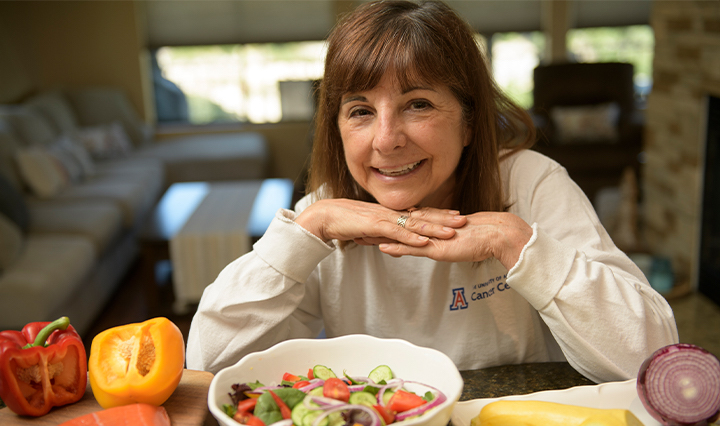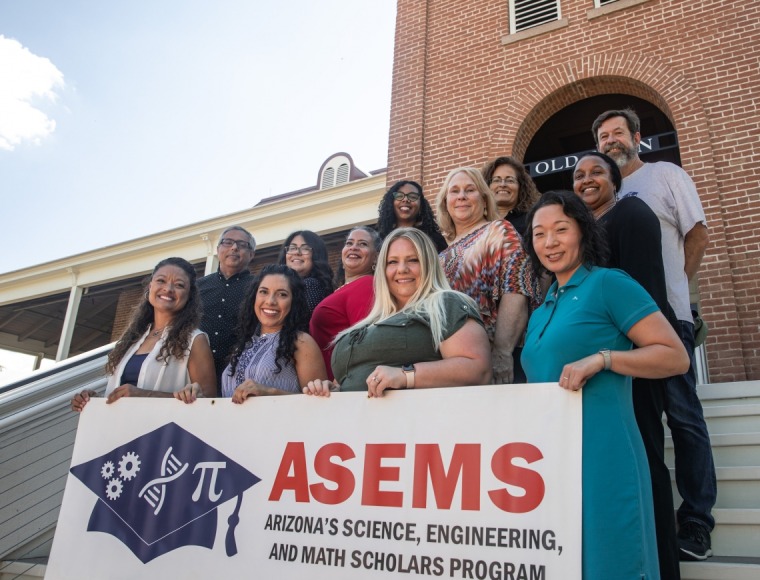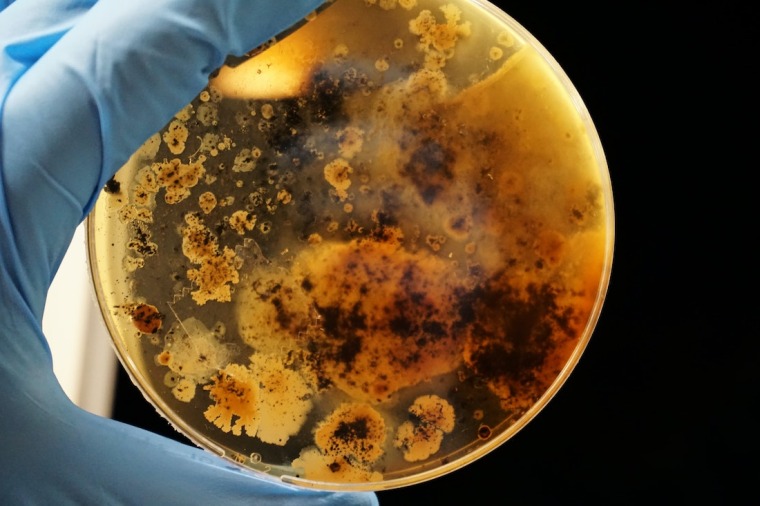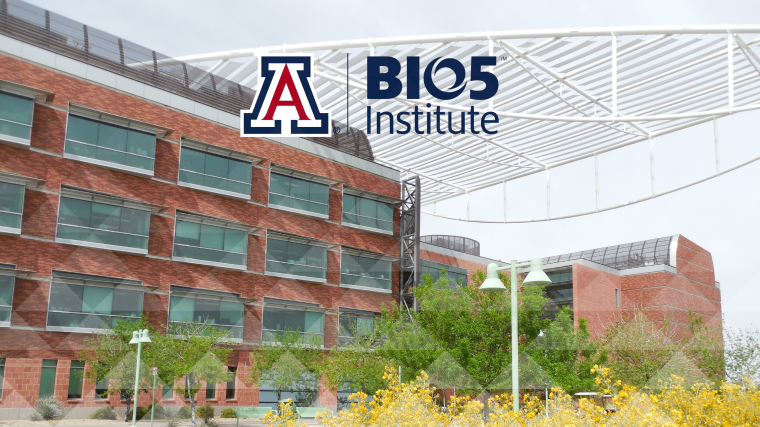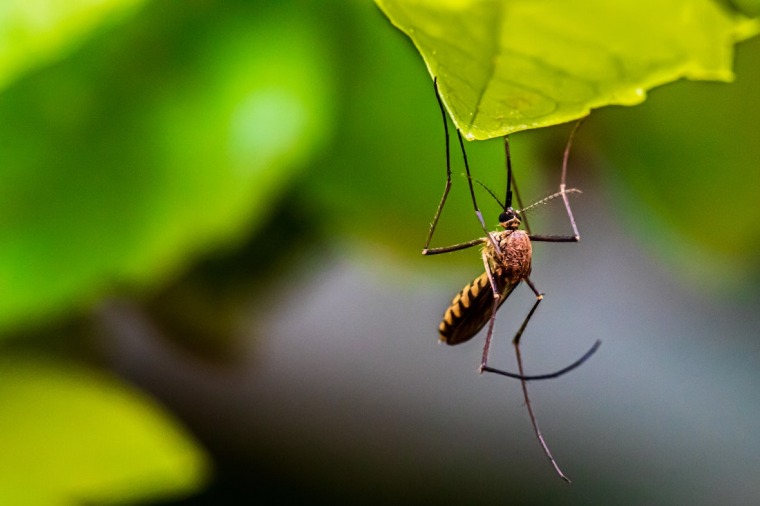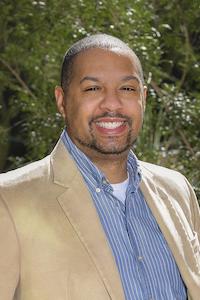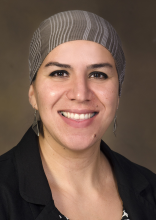Members of France-Arizona Institute For Global Grand Challenges Convene In Tucson To Reflect On Partnership's First Year
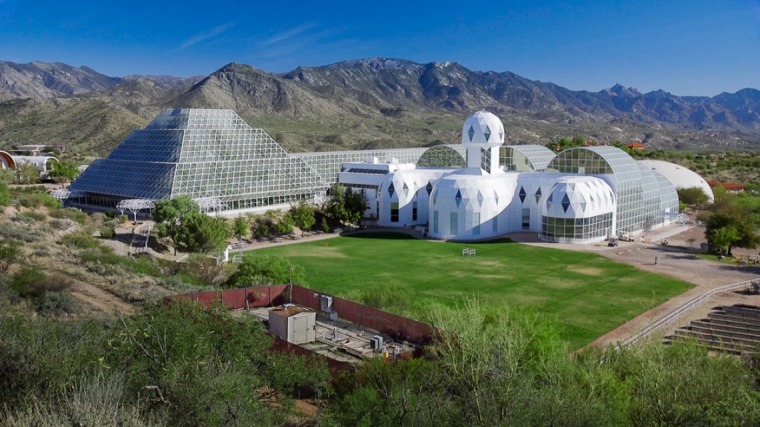
Partners from UArizona and the French National Centre for Scientific Research will convene to celebrate accomplishments and renew commitment to shared goals of the institute, which was established one year ago. Establishing the France-Arizona Institute for Global Grand Challenges, the groups are focused on the environment, space science, data science and global climate change.



